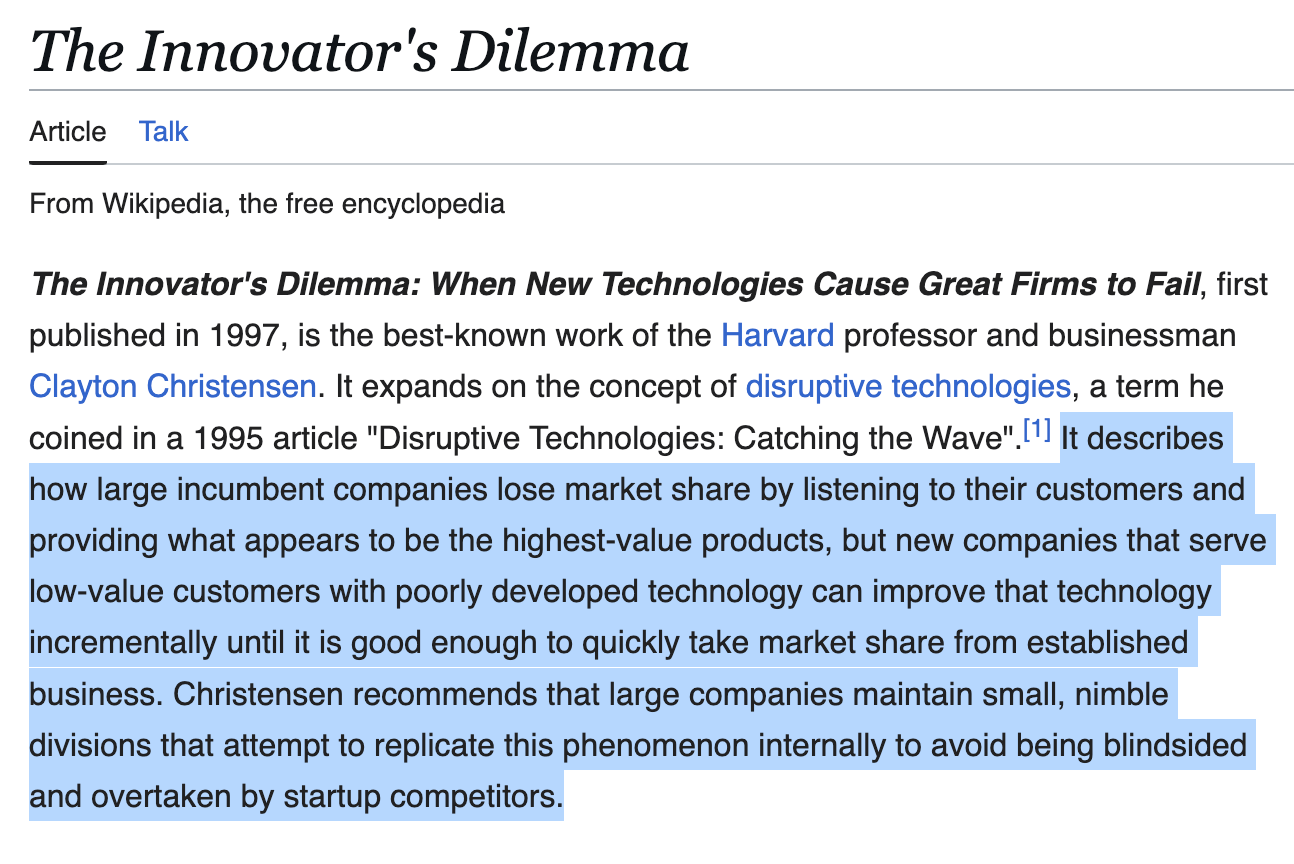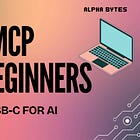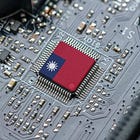TWS #007: Google's Innovators Dilemma; China's Solar Empire; Theranos 2.0?, Amazon's AI "Pause Ads" experiment
and much more...
Welcome to the 245 new folks who subscribed from last week. Join 2,014 curious minds who, every week, get the latest curated high signals on news, insights, and ideas around technology, science, and business to help you become a better builder, thinker, and leader. You’ll also get an essay or a deep dive every other week. Finally, please fill out our survey so we can deliver the best content to your inbox. Thanks for reading!
Did you know...
Nintendo, actually stretches all the way back to 1889? The company originally began as a company specializing in the production of hanafuda cards. Hanafuda are a type of Japanese playing card, and Nintendo's cards were initially handmade and became quite popular. Over the following decades, Nintendo continued to produce playing cards, expanding into Western-style decks as well. They even experimented with other ventures like a taxi company and love hotels in the mid-20th century, though these were short-lived. The company's pivot towards electronic entertainment began in the 1970s, initially with arcade games and then with home consoles in the 1980s. This long and varied history, starting with simple playing cards, laid the foundation for Nintendo.
Here’s this week’s scoop:
Amazon’s new Vulcan robot
Google’s “innovator’s dilemma” with Apple
China’s Expanding Solar Empire
Amazon’s “Pause Ads”: Next-level streaming
Theranos 2.0?
Tactical Guide: How to Build Your Advisory Network
and much more…
Let’s dive in.
🔥 Nuggets for the Road
IBM’s 2025 CEO Outlook Report on AI — Strategies and tactics on what leaders are doing to get ahead. [IBM]
[Podcast] Own Your Brand: How to Communicate with Presence and Impact [LINK]
Top 50 VC Firms by Unicorn Investments [ILYA STREBULAEV]
The Day the Horse Lost Its Job: How AI will do the same… [MICROSOFT BLOG]
How Ice Sculpted Canada [TOMAS PUEYO]
The Most Valuable Commodity in the World is Friction [KYLA SCANLON]
📡 The Signal
Amazon’s Vulcan Robot
Amazon’s just developed a new robot called Vulcan for warehousing and fulfillment centers. Capable of picking and stowing 75% of items at human speeds, Vulcan uses force feedback sensors and cameras for delicate handling. By tackling high and low storage pods, it reduces ladder use, enhancing worker safety and ergonomics—this was the game changer. With over 750,000 robots already processing 75% of orders, Amazon’s vision integrates AI to augment human labor. Vulcan’s planned rollout across Europe and the US promises efficiency and safer workplaces. Amazon wants these robots to collaborate rather than replace workers. The other big shift is seeing how Physical AI is coming into play. As GenAI becomes more advanced, it’s rapidly being integrated into robots for real-world use cases that actually provide value. [AMAZON]
It also required the novel application of physical AI, including algorithms for identifying which items Vulcan can or can’t handle, finding space within bins, identifying tubes of toothpaste and boxes of paper clips, and much more. And we couldn’t just teach Vulcan with computer simulations, but trained its AI on physical data that incorporates touch and force feedback. It tackled thousands of real-world examples, from picking up socks to moving fragile electronics.
Vulcan even learns from its own failures, figuring out how different objects behave when touched and steadily building up an understanding of the physical world, just like kids do. So, you can expect it to become smarter and more capable in the years to come.
Apple’s AI Search: Challenging Google’s Reign
Google is in a bit of a pickle. Apple is reportedly developing AI-powered search for Safari, potentially ending its $20 billion Google partnership. This shift could transform how iPhone users access information, with AI enhancing search relevance and control. If Apple succeeds, it could diversify search options and reduce Google’s dominance. Google’s search business is $200B. If Google now focuses on AI-search (via Gemini), traditional Search then becomes their opportunity cost. They’re facing an innovator’s dilemma. [BLOOMBERG]
China’s Solar Empire
If you thought China was behind, think again. The image above is a Chinese mountain range blanketed by solar panels. Starting in 2015, capacity grew from 1.75 million kW in 2018 to 10 million kW by 2020, fueled by subsidies, cheap loans, and affordable land. China commands 64% of global solar and wind construction, with 339 GW under development in 2024, dwarfing the US, Brazil, UK, and Spain’s combined 72 GW. This clearly shows that China’s solar surge is a sign to the rest of the world about their seriousness in scaling renewables, but their heavy coal reliance still reveals transition challenges. China is definitely going to the extreme on this, but it’s an important case study for other nations currently going down the same path. Lessons will be learned. You should watch the drone video too! [LINK, REDDIT VIDEO]
AI’s Cognitive Migration: From Silicon to Sentience
With a lot of talk around how AI could lead to negative consequences. The new take on this is that we’re now slowly seeing how AI is becoming more of a collaborator, not a rival. Humans are incredibly unique, and it’s up to us to harness those skills that make us different and irreplaceable. IBM’s 2015 Cognitive Era, sparked by Watson’s Jeopardy! win, envisioned AI as a human partner. Humans must pivot to creativity, emotional intelligence, and oversight, fostering a symbiosis where AI handles data-heavy tasks, and humans drive innovation. [VENTURE BEAT]
Google Goes Nuclear
Google’s partnerships with Elementl Power and Kairos Power to build nuclear plants for AI data centers aim to meet soaring energy demands, with data centers projected to outstrip France’s consumption (!) by 2026. Elementl’s three sites, each generating 600 MW, and Kairos’ 500 MW by 2035, use advanced reactors like Small Modular Reactors (SMRs) with molten salt cooling for safety and efficiency. Google’s emissions rose 48% in five years, driven by AI’s energy hunger. Google’s nuclear move just shows AI’s environmental cost and the urgency of sustainable power. The debate over AI’s value versus its flaws makes this a critical test for them. [LINK]
You can also read our post below to learn more about the energy grid crisis:
Amazon’s AI “Pause Ads”: This is Next Level Streaming
Amazon’s AI-driven pause ads for Prime Video, uses AI to analyze scenes in real-time, delivering contextually relevant commercials, like perfume ads during a kiss or tissues for sad moments.
Amazon’s 130 million US ad-supported viewers (up from 115 million in 2024) make it a prime platform. Shoppable features, like “Add to Cart” buttons, leverage Amazon’s e-commerce dominance, with 88% of viewers shopping on the site. But, there are risks of AI misreading scenes (e.g., offensive ads), requiring robust oversight. This could make ads less disruptive, improve streaming experiences. But, AI errors and privacy concerns loom, making this a bold but risky step in advertising with AI. [VARIETY]
Theranos 2.0?
Billy Evans, partner of Elizabeth Holmes, is raising over $50 million for Haemanthus, a blood-testing startup that echoes Theranos’ ambitions. It claims to use laser-based Raman spectroscopy to analyze blood, saliva, and urine, starting with pet diagnostics before targeting humans. Its prototype resembles Theranos’ Edison device. The company aims for “human health optimization,” promising rapid detection of cancer and infections. We just had to post this one because, hey, people can do whatever they want, and I personally hope they make something good come out of it. I’m all about ambition and picking yourself up again, so let’s hope their honesty pays off this time around. [NY TIMES]
The US-China Tariff Timeline 😂
This is just a hilarious chart of the tit-for-tat tariff war between the US and China. It’s been an entertaining few months.
🧐 Trivia of the Week
Last week’s question: Which programming language, created in 1995, revolutionized web development with its ability to add interactivity to websites?
Answer: Javascript. Created by Brendan Eich at Netscape and first released in December 1995, JavaScript quickly became essential for front-end web development. Before JavaScript, websites were primarily static HTML pages. JavaScript allowed devs to add dynamic behavior, control website content in real-time, validate forms, and create engaging user interfaces, changing what was possible on the web.
This week’s trivia:
The answer will be provided in next week’s newsletter.
📝 Tactical Guide: Building Your Advisory Network
Over the years, I’ve seen countless founders wrestle with the same challenge: finding advisors who can not only truly move the needle for them in their careers and businesses, but also people they can trust and lean on in the good and not-so-good times. Too often, founders lean on the wrong voices or just struggle to connect with experts who understand their stage and needs. This results in wasted time, misaligned strategies, or missed opportunities.
Who is this for?
If you’re a founder, entrepreneur, and operator looking to get ahead, then this post is for you. Whether you’re launching a startup or scaling a growing biz, a strong advisory network can be your secret weapon because it can offer expertise, connections, and clarity to tackle tough challenges.
That’s why I’m super stoked to bring on someone who’s been through it all and understands how to navigate the advisory landscape better than anyone.
Jessica Box was a long-time (and early) operator at Linktree, helping grow the company to over 20 million users as Head of Growth. Jessica is the perfect voice for this because she’s been on both sides of the table — an advisor and advisee. She’s experienced the highs and lows of working with the right (and wrong) people.
We’ll go over:
Understanding Advisory Networks
Identifying Potential Advisors
Approaching and Engaging with Advisors
Establishing the Advisory Relationship
Maintaining and Nurturing the Relationship
Using Advisors Effectively
Overcoming Challenges
Personal Experience and Insights
Let’s dive in.
READ THE FULL POST 👇
If you liked this, here are a few more popular posts:
🙋🏻♂️ Survey
To build the best newsletter for you all, I’d love to get some feedback. If you have some time, please fill out the following survey.
🙏🏼 Connect with Me
Are you new to the newsletter? Subscribe Here
Check out my YouTube channel (and subscribe!)
If you’re a founder, apply here (Metagrove Ventures) for startup funding or contact me directly at barry@metagrove.vc
If you think this could be helpful and informative to others, please share it :)
Thanks for reading.
Barry.



















